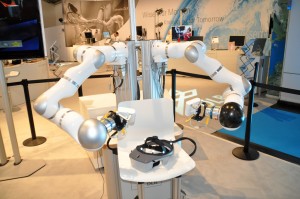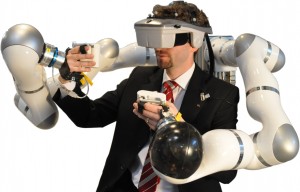We’ve got a new incremental release out today: Instant Reality 2.5.0.
This release features a major overhaul of things that are mainly under the hood on both Windows and Mac OS X. We have also added two new platforms which we support directly: RedHat 6.5 and Suse Linux Enterprise 11.3. If you’re a Mac user, you will notice that the new version is a lot slimmer than it used to be, because we have dropped support for PowerPC. This means greater compatibility for new hardware and libraries in the release and for future additions. On Windows, developers who are adding InstantIO nodes can now switch to more modern development tools. Please see the Changelog for additional details.
If you are interested in other platforms, feel free to browse the Dailybuild archives:
http://www.instantreality.org/downloads/dailybuild/
Get the new builds here:
http://www.instantreality.org/downloads/




